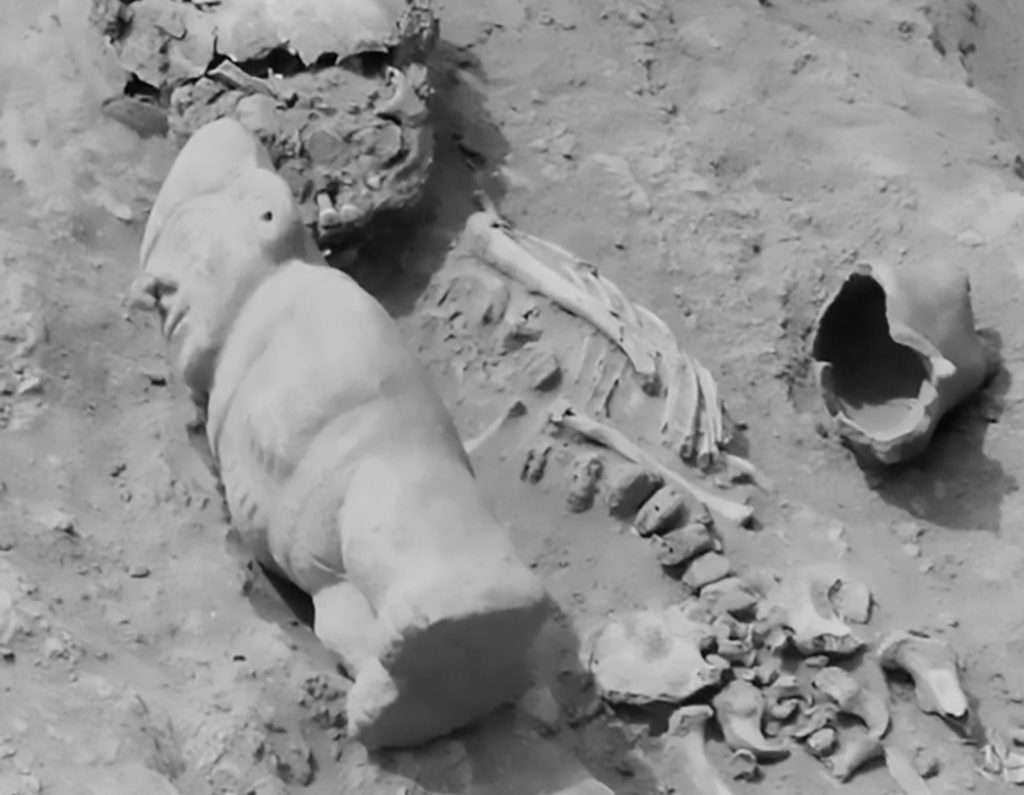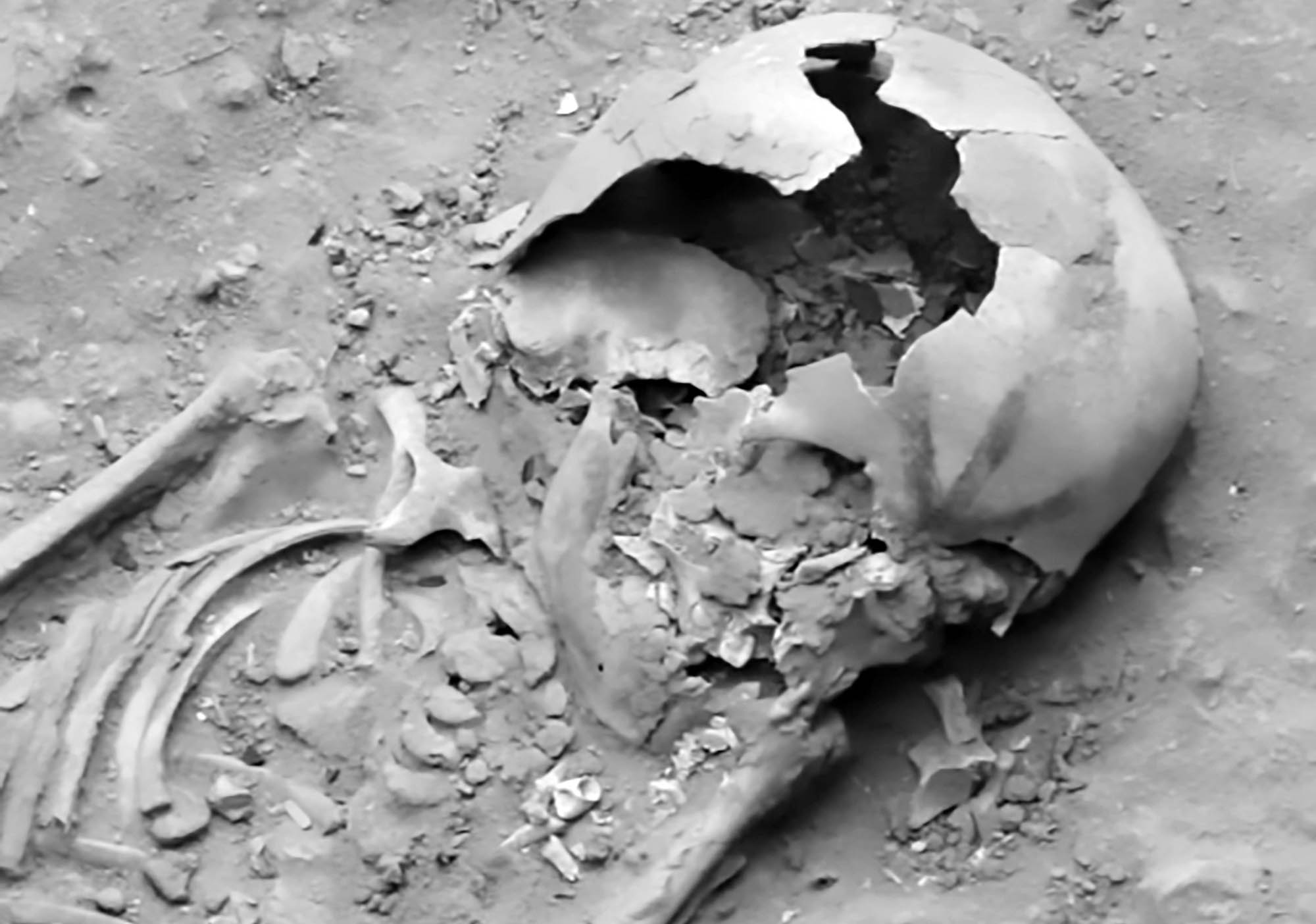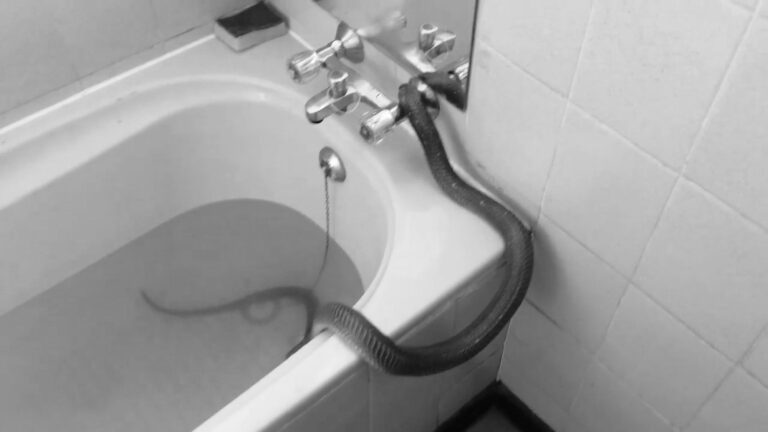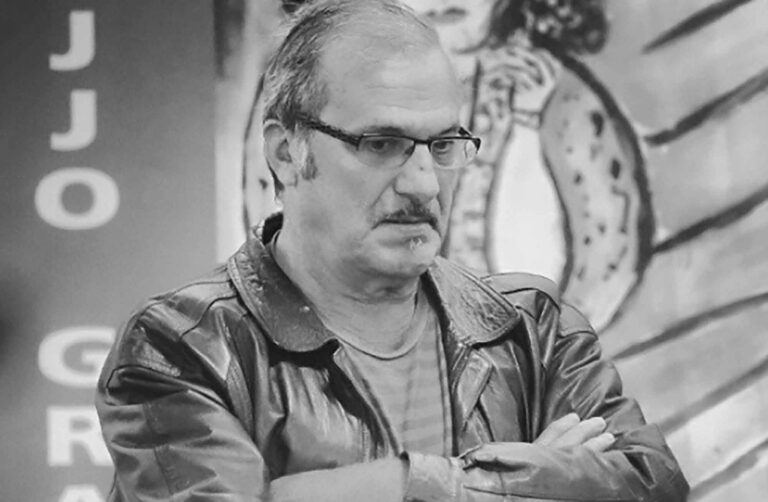Experts have discovered 11 ancient graves and skeletons during an archaeological dig in northern Peru including a one with a sceptre and one in a roofed chamber that may have belonged to an elite priest.
The discovery took place at the Huaca Santa Rosa de Pucala archaeological site in the district of Pucala in the north-western Peruvian region of Chiclayo.
Video Credit: CEN/@ProyectoEspecialNaylampLambayeque
The site is several kilometres from Huaca Rajada, also known as Sipan, a Moche archaeological site that is famous for the tomb of Lord of Sipan, excavated by Walter Alva and his wife Susana Meneses in 1987. The city of Sipan dates back to 50 to 700 AD, the same time as the Moche Period.
The Moche civilisation flourished in northern Peru and had its capital near present-day Moche in Trujillo. Many scholars believe the Moche people were not politically organised as a monolithic empire or state.
Instead, the civilisation was comprised of autonomous polities that shared a common culture, as seen in the iconography and architecture that survives today.

Project director Edgar Bracamonte said that two children’s skeletons had symbols on their skulls that could have been left by “tattoos or face marks that got under the skin and marked the skull”.
However, the burial rituals appear to be different to those practised in Sipan and one skeleton was holding a metal sceptre while another had a roofed chamber which was typically only afforded to elite members at the time.
Experts are still trying to establish who the ancient remains belonged to, but as Huaca Santa Rosa de Pucala is considered a ceremonial centre it is believed the person could have been a religious leader.
Bracamonte said: “We are trying to establish whether he was a priest.”
Video Credit: CEN/@ProyectoEspecialNaylampLambayeque
Ceramic and porcelain objects were also found at the site, and scientists hope the discoveries will shed more light on the ancient civilisation.
Interestingly, many of the skeletons did not have their feet and Bracamonte said: “It is unclear whether they were mutilated, we will carry out tests but it is clear that their feet were not there when they were buried.”
At the same site, scientists also discovered a temple that belonged to the Wari culture who flourished in the south-central Andes and coastal area of modern-day Peru from about 500 to 1000 AD.

It is believed the temple was build between 800 and 850 AD and will hopefully answer questions about the pre-Hispanic cultures in the region at that time.
In the temple’s cemetery, experts found camel bones, carved objects, bottles and metal items that may have been used as offerings.
To find out more about the author, editor or agency that supplied this story – please click below.
Story By: Ana Lacasa, Sub-Editor: Joseph Golder, Agency: Central European News
The Ananova page is created by and dedicated to professional, independent freelance journalists. It is a place for us to showcase our work. When our news is sold to our media partners, we will include the link here.




